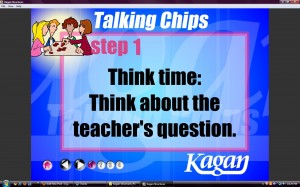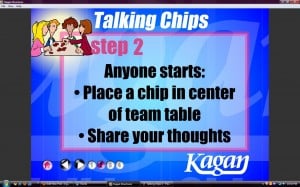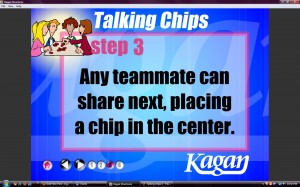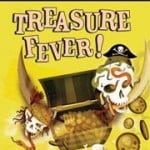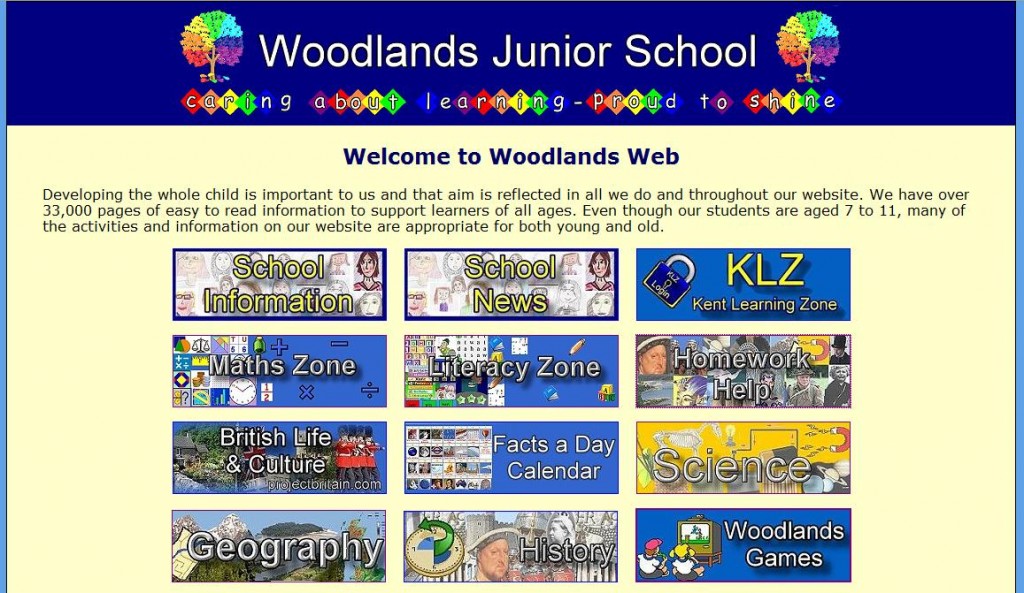Word Clouds
I was first introduced to the idea of word clouds and the well-known website wordle a few years ago. ‘What a fantastic concept!’ I thought. A great way to create brainstorms in class and make them more interesting, and a great visual way to present lists. I could see that it would be useful during class discussions, spelling lessons and Humanities lessons. However, the wordle site is not very ‘kid friendly’- you cannot save your image, you can only add it to the database or print it. Most NSW classrooms are not privy to masses of colour copying, and unless you print it right there and then, it is very hard to find your word cloud again. Also, the gallery of images on wordle is not filtered of content and language choices, so if students were using it they could stumble across inappropriate word clouds.
Another popular site is tagxedo, a fancier version of wordle. Initially it seemed that it would have many benefits, but I found that this is a difficult website for students to manipulate.
Finally, only this year, I found a kid website with a basic word cloud creator – ABCya. This is a site for educational games and activities online. Their word cloud creator is perfect for students to use independently. You can SAVE your work or print it. The fonts are kid friendly and don’t have inappropriate names (talking about you- wordle) . The only improvement to the abcya word cloud tool would be to include the option of diagonal layouts.






